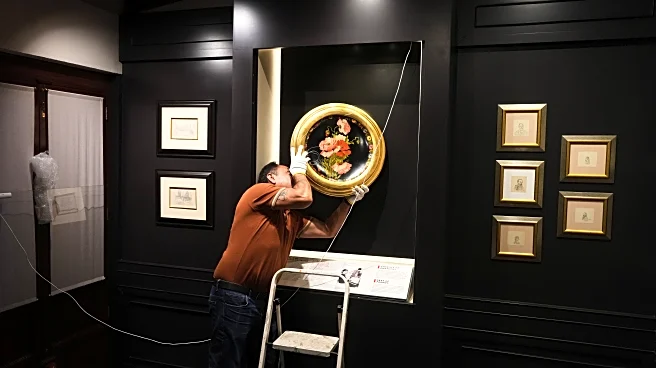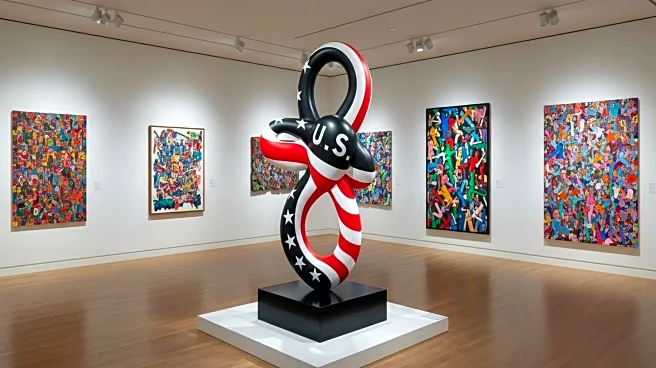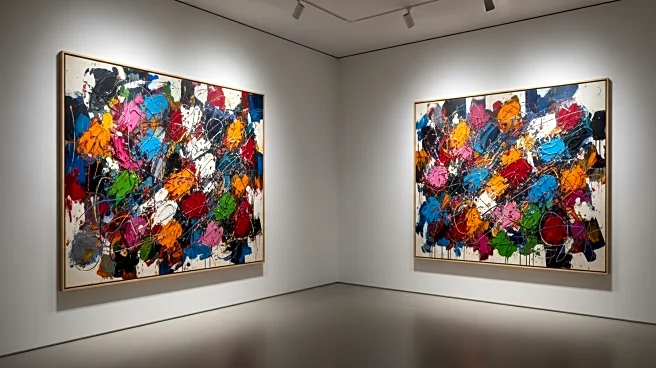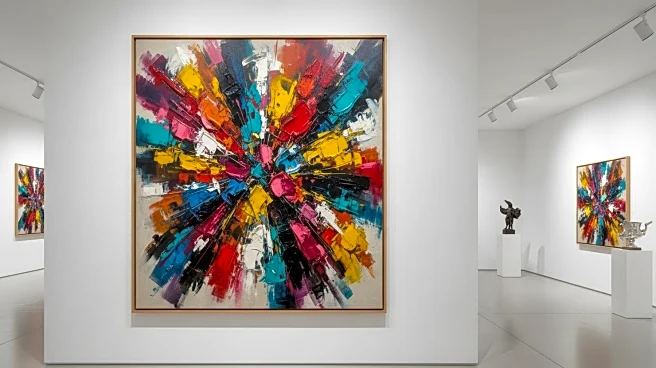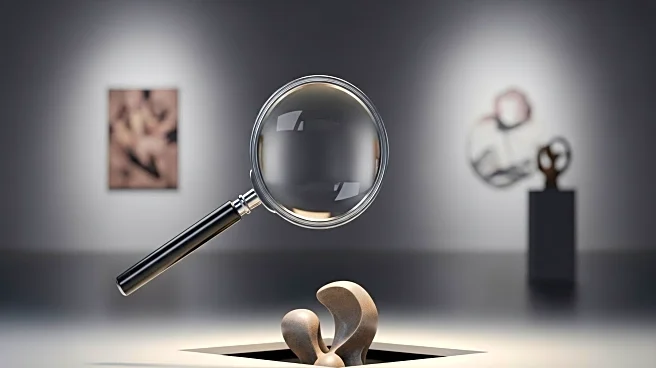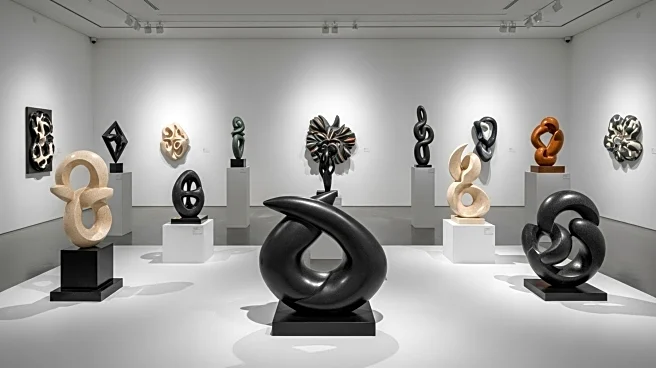What's Happening?
Roxana Marcoci, acting chief curator and senior curator of photography at the Museum of Modern Art (MoMA) in New York, discusses her approach to art as a means of exploring human experience. Marcoci emphasizes the role of art in disrupting certainty and inviting reflection, transforming perception, and opening new ways of understanding. Her insights are shared in the context of her co-curation of the exhibition 'New Photography 2025: Lines of Belonging,' which runs from September 14, 2025, to January 17, 2026. Marcoci's cultural influences include the theatre, where her mother was an actress, and works such as Robert Wilson's collaboration with Philip Glass for 'Einstein on the Beach.' She also highlights the impact of writers like Ocean Vuong and filmmakers like Steve McQueen and Chantal Akerman on her perspective.
Why It's Important?
Marcoci's perspective on art as a form of inquiry into human existence is significant in the broader cultural landscape. Her approach challenges traditional perceptions and encourages audiences to engage with art on a deeper level, fostering personal and collective consciousness. This philosophy aligns with MoMA's mission to present innovative and thought-provoking exhibitions that push the boundaries of art and its role in society. By highlighting diverse cultural influences and contemporary issues, Marcoci's work contributes to the ongoing dialogue about the power of art to shape and reflect human experiences.
What's Next?
The exhibition 'New Photography 2025: Lines of Belonging' at MoMA is expected to attract significant attention from art enthusiasts and critics alike. As the exhibition unfolds, it may spark discussions about the evolving role of photography in capturing and conveying complex narratives of identity and belonging. Marcoci's insights and curatorial choices could influence future exhibitions at MoMA and other institutions, encouraging a more inclusive and reflective approach to art curation.
Beyond the Headlines
Marcoci's emphasis on art as a conduit for personal and collective consciousness raises important ethical and cultural questions about the role of art in society. Her work challenges audiences to consider the impact of art on their perceptions and beliefs, potentially leading to long-term shifts in how art is created, curated, and consumed. This approach may inspire other curators and artists to explore similar themes, contributing to a broader movement towards art that is both introspective and socially engaged.


